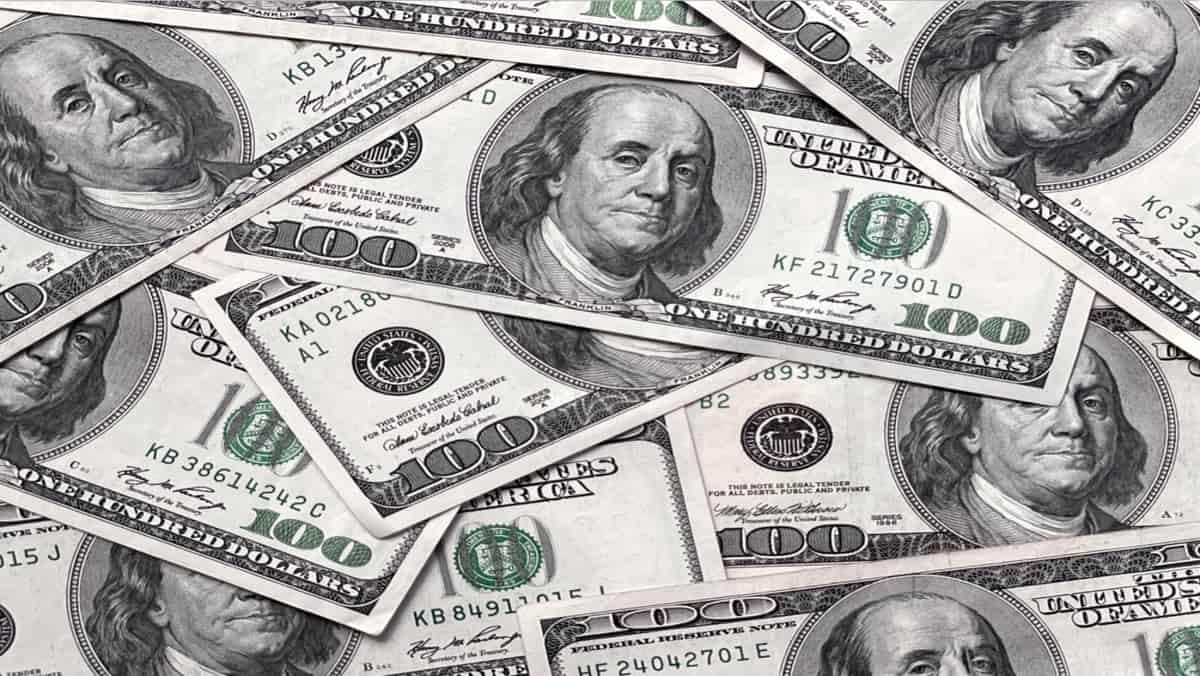The U.S. dollar hovered near a two-month low on Tuesday as investors weighed trade policy uncertainty and the Federal Reserve’s approach to interest rate cuts. Meanwhile, the Australian dollar remained near its highest level in two months despite market expectations of an imminent rate cut.
The Japanese yen held onto recent gains, supported by strong GDP data that increased the likelihood of the Bank of Japan raising interest rates again this year, with July seen as a potential decision point.
Investor focus is now on the Federal Reserve’s January meeting minutes, set for release on Wednesday, to gauge how policymakers are factoring in trade tensions, particularly amid growing concerns over tariffs.
Last week’s data showing the largest U.S. consumer price increase in nearly 1.5 years reinforced the Fed’s cautious stance on rate cuts. Analysts at ANZ expect the Fed to hold rates steady in the first half of 2025 before resuming cuts in the latter half, projecting a total of 75 basis points of easing. However, traders currently anticipate only 40 basis points of cuts this year.
In early trading, the dollar index was up 0.1% at 106.83, slightly above Friday’s two-month low of 106.56. The yen remained stable at 151.61 per dollar, gaining nearly 4% in 2025 so far.
The euro held at $1.0473, while the British pound stood at $1.2608 as traders awaited key diplomatic talks in Saudi Arabia regarding the Ukraine conflict.
The Australian dollar dipped 0.17% to $0.6345 but remained near Monday’s two-month high of $0.6374 ahead of the Reserve Bank of Australia’s policy decision. Economists expect a 25-basis-point rate cut, but the Australian dollar could jump if the central bank holds rates steady.
Meanwhile, the New Zealand dollar slipped 0.3% to $0.5719 ahead of the Reserve Bank of New Zealand meeting, where a 50-basis-point rate cut is widely anticipated.



